Product safety for defence
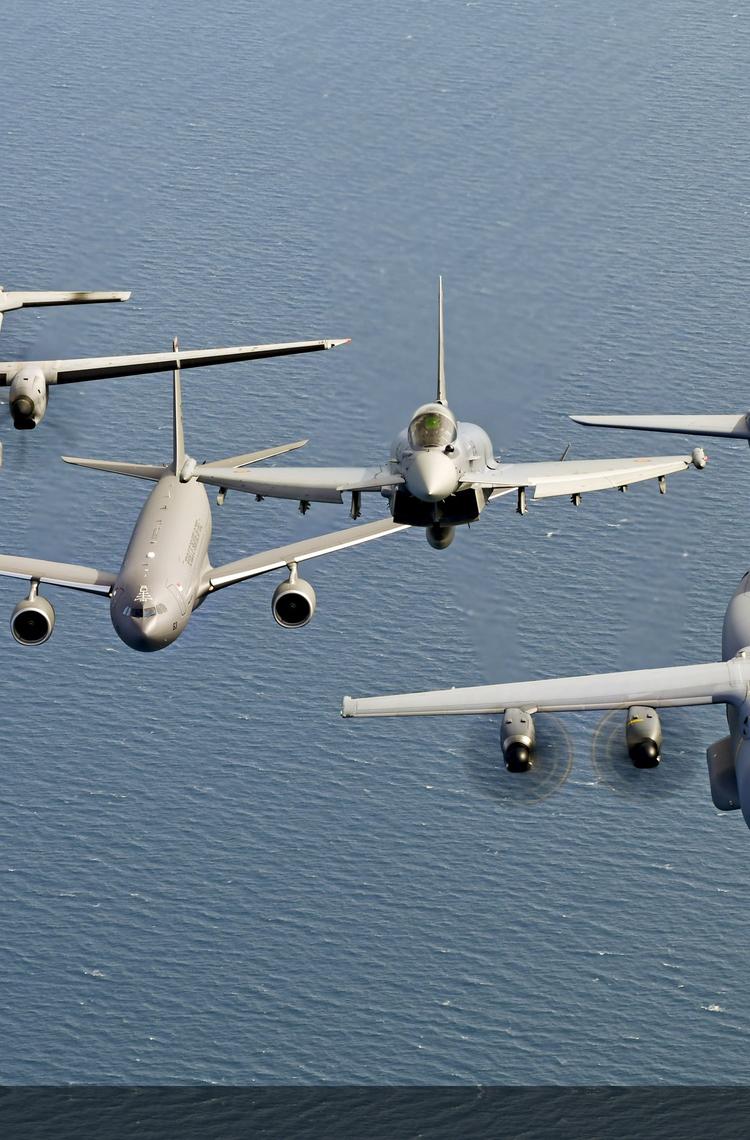
Managing risk exposure
Safety Management System
Airbus Defence and Space has implemented the Safety Management System (SMS) strategy for its military aircraft and unmanned aerial systems programmes to increase the safety of company’s products, reducing the number of incidents.
The very nature of military operations and humanitarian missions entail exposure to risks greater than in commercial air operations. However, the prevention of accidents and incidents are among Airbus’ key activities for defence, with its related projects framed into the SMS and deployed through the company as part of the safety risk management process.
Proactive risk management in defence safety
In addition to the reports received from operators, one of the sources for potential safety hazards identification are the voluntary reports coming from employees. Airbus Defence and Space fosters an open reporting culture where employees are encouraged to report any potential safety hazard, event, or concern, reflected in the company’s Commitment to Just & Fair Culture, which is signed by the CEO, along with Executive Committee members and top managers.
Airbus Defence and Space analyses every reported safety event to provide solutions that enhance the safety of the Airbus military aircraft products. The company’s proactive risk management approach supports the principles of the Airbus safety enhancement culture, going beyond with certification, airworthiness, and product regulatory compliance duties.
The safety information and lessons learned are shared with the industry, customers, and operators through safety workshops.
Safety in design and technology
Airbus Defence and Space continuously takes on the challenge of improving the design of its wide range of products to make them safer – as demonstrated by the continuous technological advances of its products, such as:

Eurofighter carefree handling
The Eurofighter Typhoon’s “carefree” handling concept is a mandatory requirement for the flight control laws to reduce pilot workload for this front-line combat aircraft. With carefree handling, the flight control system allows any pilot input while protecting against exceedance of the aircraft’s structural and aerodynamic limits, as well as simultaneously maximising aircraft performance. It includes an automatic recovery mode that can be initiated by the pilot in the event of spatial disorientation.
A330 MRTT Aerial Refuelling Boom System (ARBS)
In-flight refuelling of military aircraft is among the most demanding missions – requiring tanker and receiver pilots to operate in close formation with aircraft of varying flight characteristics and speeds, during day-and-night and all-weather conditions, and potentially in hostile airspace above the battlefield. The Aerial Refuelling Boom System (ARBS) on Airbus’ A300 Multi Role Tanker Transport is the first new-generation, fly-by-wire system for in-flight refuelling in service today, providing more rapid and simpler operations through more responsive controls and boom disconnection systems.

Airbus has now taken the A330 MRTT and its ARBS one step further with automatic in-flight refuelling, based on image processing to determine the receiver’s refuelling receptacle position. Initiated at the “simple” push of a button, it reduces the air refuelling operator’s workload, improves safety, and optimises the rate of air-to-air fuel transfers in operational conditions to maximise aerial superiority.

A400M low level flight and enhanced vision
As the most advanced multi-role military transport aircraft, Airbus’ A400M has a fully managed low-level function that flies a safe 3D trajectory in close proximity to the ground. Additionally, it enables instrument flight in low visibility conditions. Also incorporated on the A400M is a forward-looking infrared (FLIR) enhanced vision system (EVS) camera that provides an improved terrain view in low-visibility conditions.
The latest in safety
In the spotlight
-
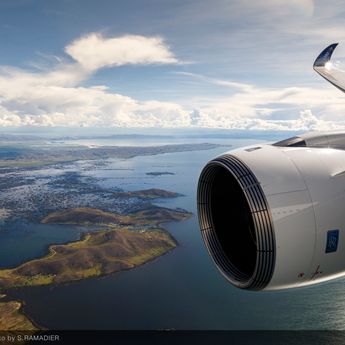
Flight control system: more redundancy to enhance resilience
Web Story
Safety
More redundancy to enhance resilience -
Airbus and Critical Software explore strategic partnership in embedded software…
Press Release
Innovation
-
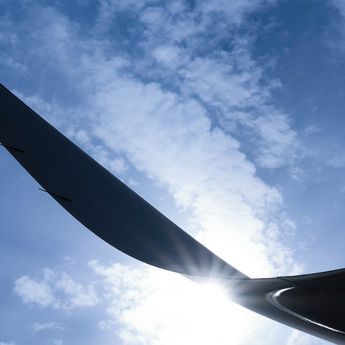
Aviation safety trends show need for continued vigilance
Web Story
Safety
-
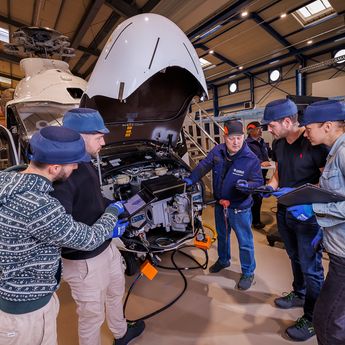
How Airbus is training the current and next generation of helicopter pilots and…
Web Story
Helicopters
-
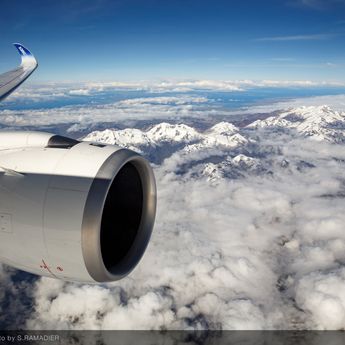
Airspeed information, whatever the conditions
Web Story
Safety


